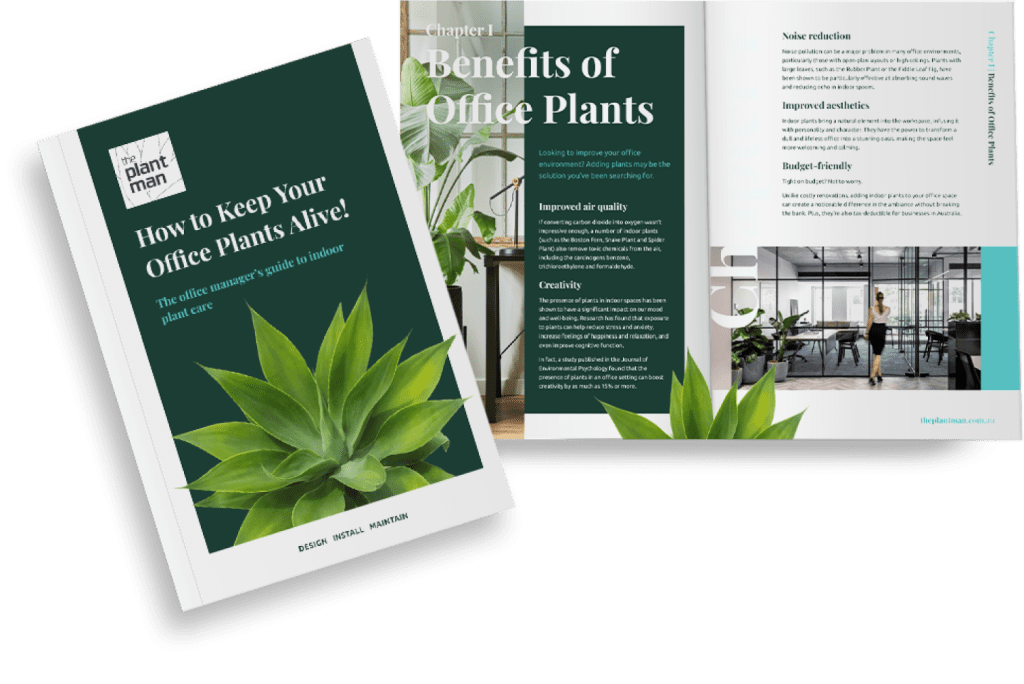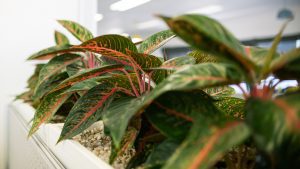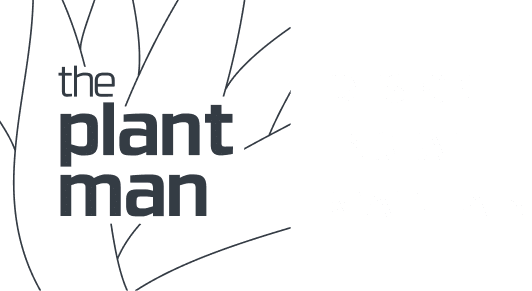The Green Star Rating System is a comprehensive and internationally recognised framework for assessing the sustainability performance of buildings and communities.
Developed by the Green Building Council of Australia (GBCA), this System provides a clear and objective measure of a building’s environmental impact and its contribution to a more sustainable future. While the System encompasses various factors, the benefits of indoor plants mean that incorporating greenery into your office can significantly contribute to improving your Green Star Rating and advance your commitment to sustainability
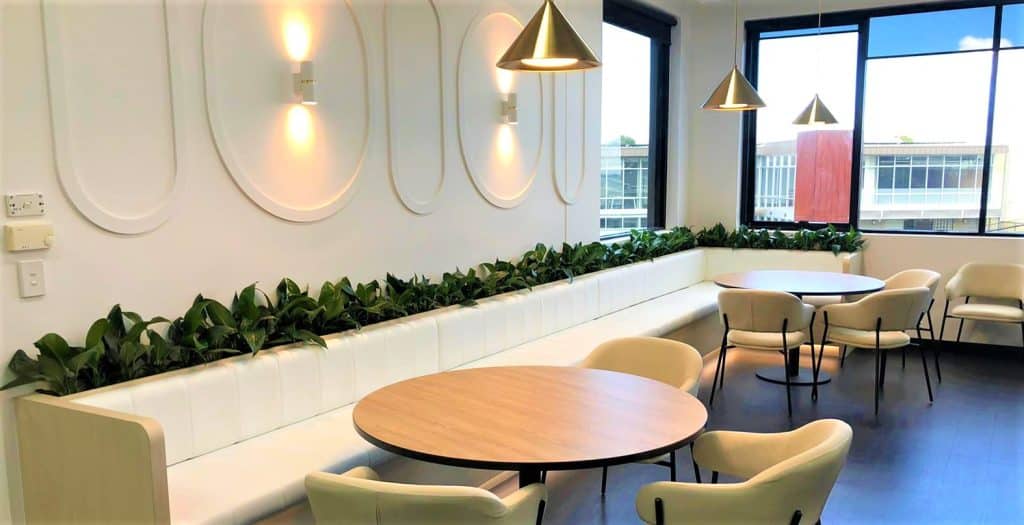
What is the Green Star Rating System?
The Green Star Rating System is a comprehensive and internationally recognized framework developed by the Green Building Council of Australia (GBCA) for assessing the sustainability performance of buildings and communities.
The Green Star System in Australia evaluates various aspects of a building’s design, construction, and operation to determine its overall sustainability. It considers factors such as energy efficiency, water conservation, waste management, indoor environmental quality (which can be enhanced by indoor office plants), and the use of sustainable materials.
The System operates on a rating scale of 1 to 6 stars, with 6 stars representing world leadership in sustainable building practices. Green Star Rating requirements are widely recognised and used not only in Australia but also internationally as a benchmark for sustainable building design and operation.
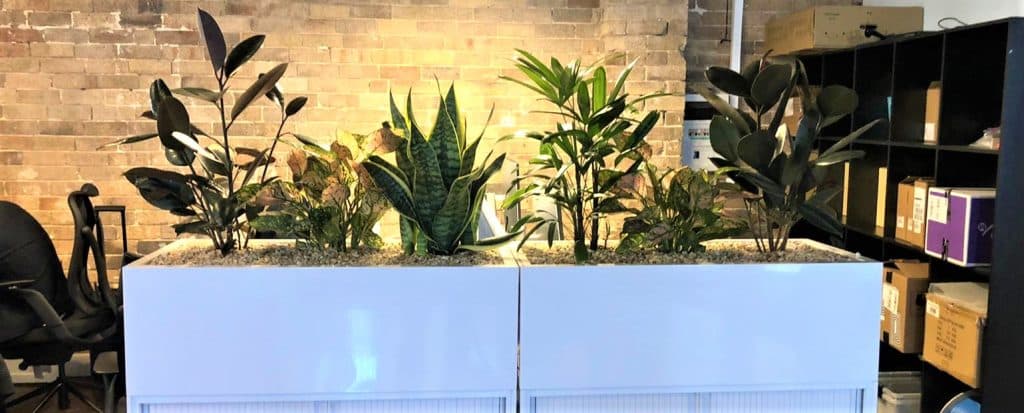
What is the Aim of the Green Star System?
The Green Star Rating criteria has several key goals that guide its implementation and evaluation of buildings and communities. It aims to:
- Reduce the impact of climate change
- Enhance our health and quality of life
- Restore and protect the planet’s biodiversity and ecosystems
- Drive resiliency in buildings, fit-outs, and communities
- Contribute to market transformation and a sustainable economy
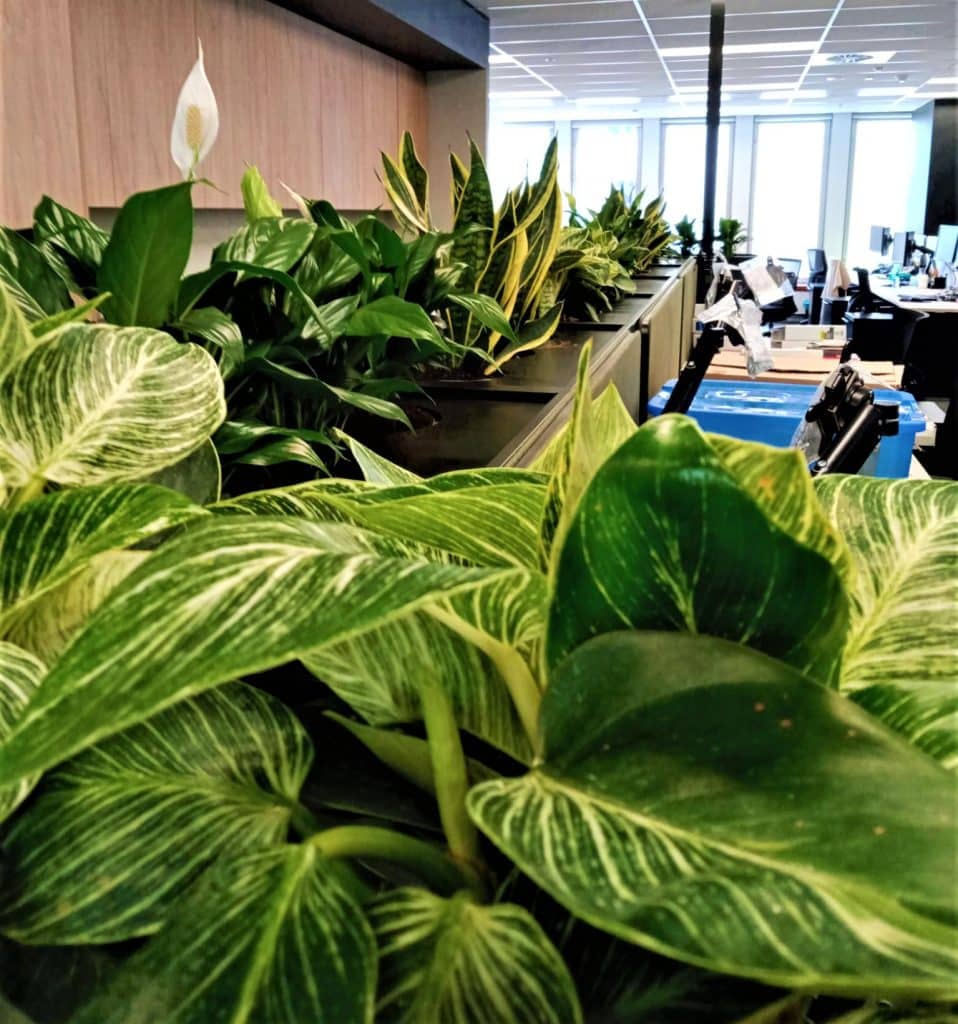
Indoor Plants and the Green Star System
Indoor plants play a vital role in reducing the environmental footprint of buildings and communities, thus aligning with the Australian Green Star Rating System’s goals. By integrating indoor plants into your space, you can:
- Improve Air Quality: Indoor office plants naturally filter the air by absorbing harmful pollutants and releasing oxygen. By reducing the presence of toxins and enhancing indoor air quality, office plants create a healthier environment for occupants, which is a crucial consideration for achieving higher Green Star Ratings. Plants also increase productivity and creativity, which in turn can boost the mental health of employees.
- Promote Energy Efficiency: Strategically placing indoor plants near office windows can provide shade during hot weather, reducing the need for excessive air conditioning. This energy-saving effect aligns with the Green Star System’s emphasis on energy-efficient designs and can contribute to a higher rating.
- Mitigate Urban Heat Island Effect: Urban areas often experience higher temperatures due to the concentration of buildings and pavement. Incorporating plants into the indoor environment can help counteract the urban heat island effect (i.e. the increased temperatures in urban areas compared to surrounding rural regions). This proactive step reflects the Green Star System’s focus on driving resiliency and reducing climate impact.
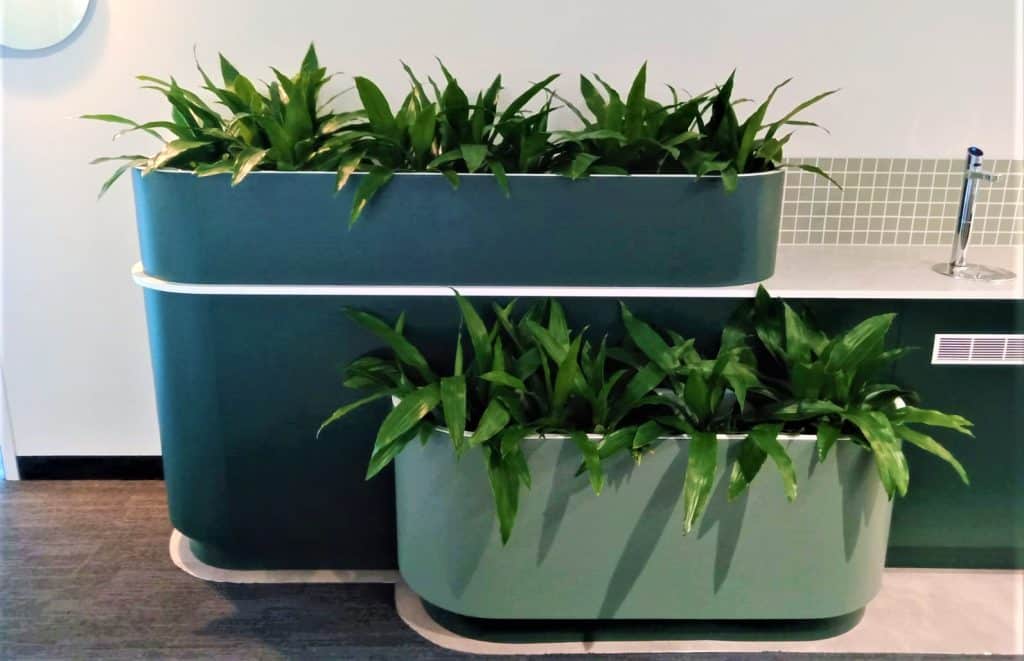
How do you increase your Green Star Rating?
To increase your Green Star Rating, it is essential to consider a range of sustainability factors and implement practices that align with the system’s criteria. Here are some key strategies to enhance your rating:
- Energy efficiency and renewable energy: Install energy-efficient technologies like efficient HVAC systems, LED lighting, and insulation. You can also integrate renewable energy sources such as solar panels or wind turbines to reduce reliance on fossil fuels.
- Water conservation: Incorporate water-efficient fixtures such as low-flow toilets and faucets. Explore options like rainwater harvesting systems or greywater recycling. Landscaping should include drought-tolerant plants and employ efficient irrigation methods.
- Waste management and recycling: Develop effective waste management strategies including recycling programs, composting, and waste reduction initiatives. Implement measures to minimise construction waste during the building process.
- Indoor environmental quality: Optimise indoor air quality by utilising proper ventilation systems and low-emission materials. Integrating indoor air purifying plants into the workspace can also significantly contribute to indoor air quality and occupant satisfaction.
- Sustainable materials and resource conservation: Choose building materials with a low environmental impact, such as recycled or locally sourced materials. Incorporate efficient systems for heating, cooling, and water usage to minimise resource consumption.
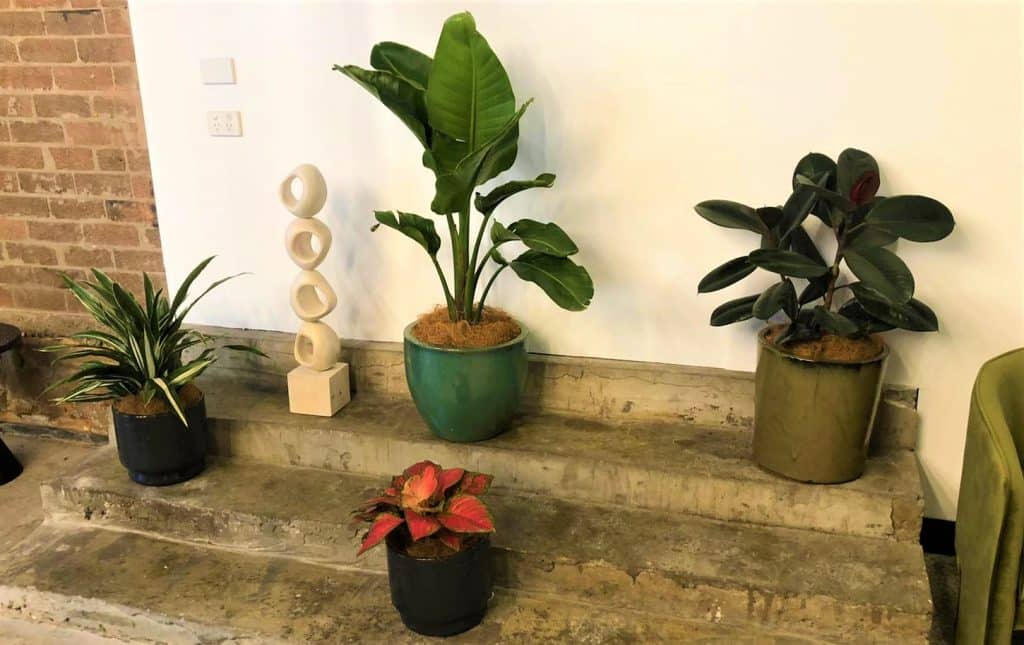
How can The Plant Man help?
By partnering with The Plant Man, organisations can take significant steps towards achieving a higher Green Star Rating and contribute to a more sustainable future. Our team of experts specialises in selecting and installing indoor plants that have a positive impact on various aspects of your workspace, including improved air quality and enhanced aesthetics.
Contact us today to speak to one of our plant experts who can provide you with further details into how our office plant maintenance and hire services can help your workplace.
Related article: https://www.theplantman.com.au/office-plant-fit-out-staging/
